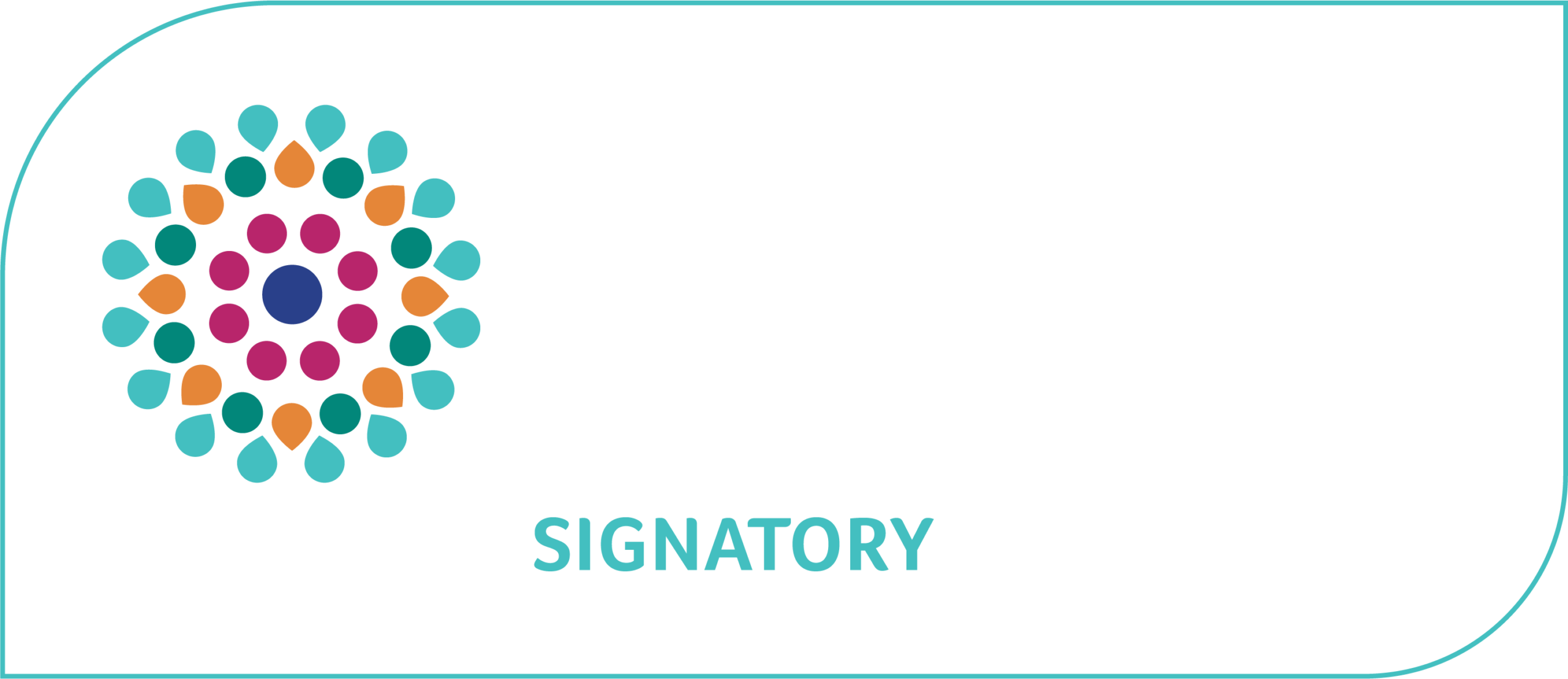Blue carbon refers to carbon stored by coastal and marine ecosystems, mostly through plant growth and by accumulating and burying organic matter so it can’t decompose and release carbon dioxide.
Where do we find blue carbon?
Some examples of blue carbon ecosystems are mangroves, saltmarshes, supratidal forests and seagrass meadows.
There’s increasing interest worldwide in protecting and restoring these blue carbon ecosystems, because of their potential for helping tackle climate change – while also creating substantial benefits for biodiversity and human livelihoods.
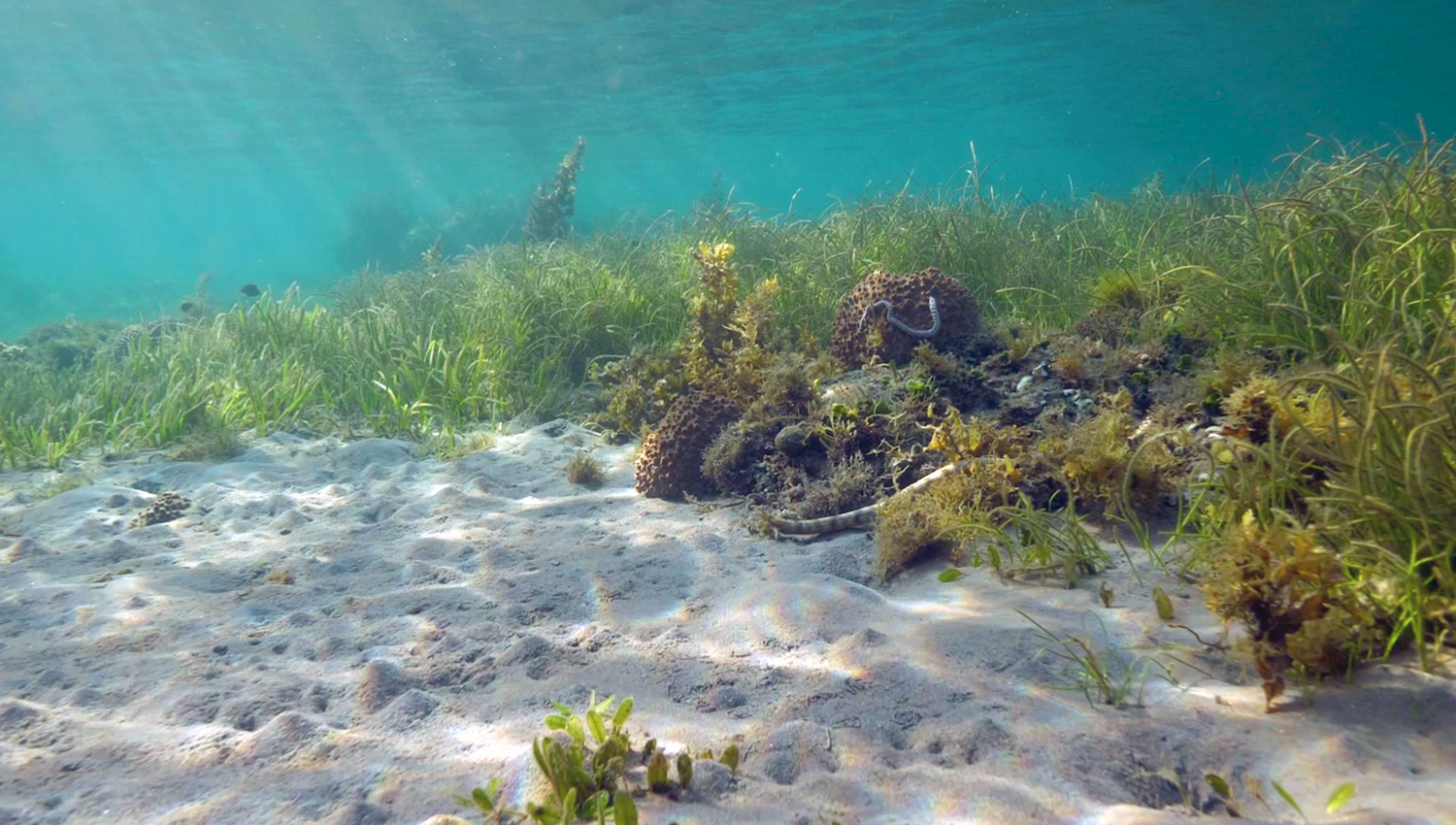
How much carbon can these ecosystems store?
Research about their carbon storage potential is ongoing, but most sources agree these ecosystems are among the most efficient natural carbon sinks, capturing and storing carbon two to four times faster than terrestrial forests.
Besides storing carbon, healthy and thriving blue carbon ecosystems are also important for helping communities, nature and the economy bounce back from climate change impacts. An example of this is the potential of mangrove and coastal saltmarsh ecosystems for reducing the impacts of storm surges and sea level rise on coastal communities.
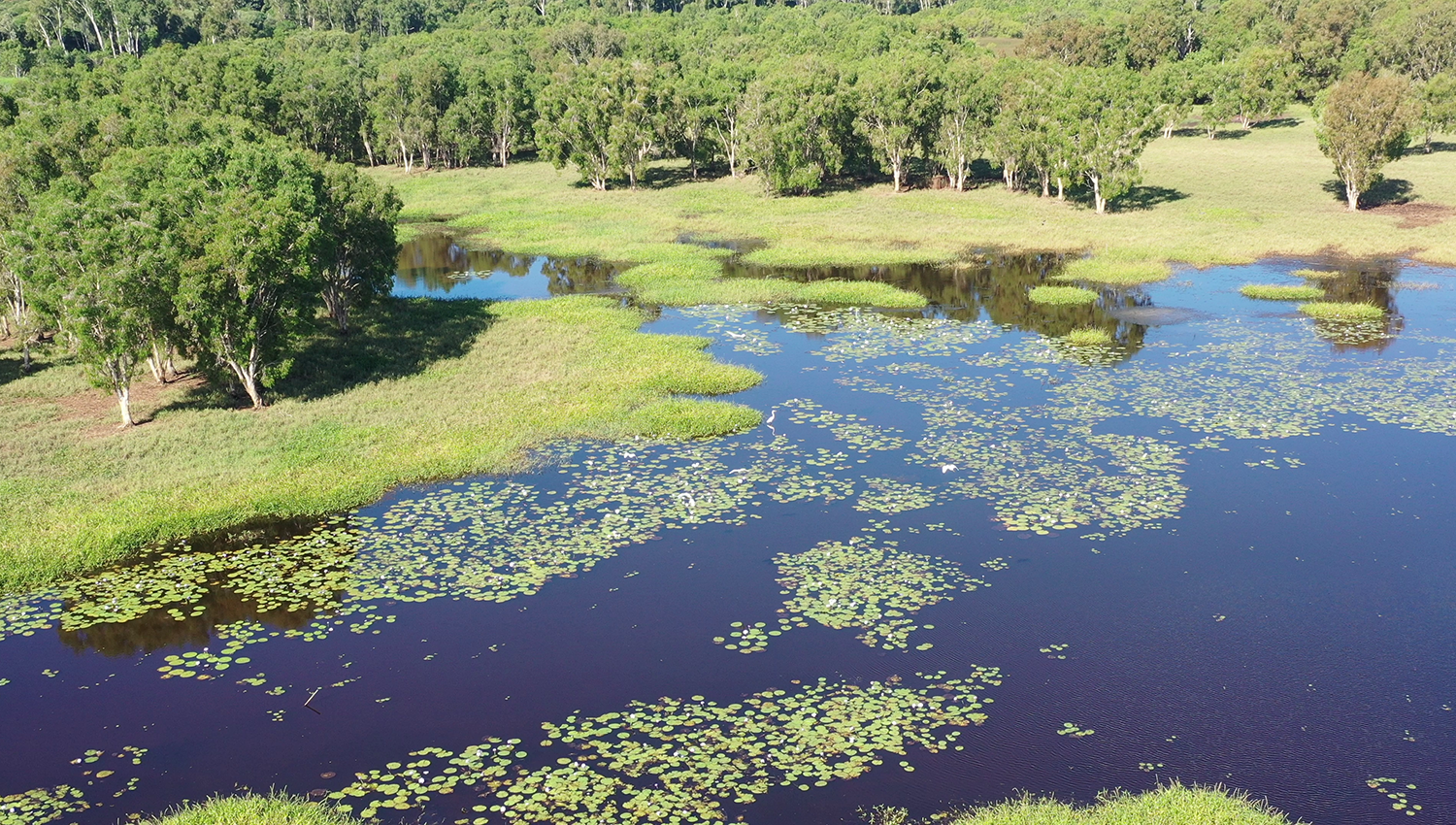
Unfortunately, blue carbon ecosystems like mangroves and wetlands tend to be misunderstood and are under pressure globally from coastal development, agriculture and aquaculture, and pollution. Their high carbon content means that their degradation and destruction is a significant source of global carbon dioxide emissions.
Conserving and restoring our coastal and marine ecosystems, and appropriately recognising their global and local value, are therefore key nature-based solutions in the global effort to tackle the climate crisis.
What’s the potential of blue carbon for Australia?
As an island nation with one of the longest coastlines of any country in the world, we believe Australia has both a responsibility and an exciting opportunity to contribute to tackling global climate change and biodiversity loss by conserving and rebuilding our blue carbon ecosystems.
The first step has been taken. As of January 2022, the Australian Government’s Clean Energy Regulator approved the first method to create blue carbon credits in Australia: tidal restoration of blue carbon ecosystems.
This means that projects to remove barriers such as weirs, bunds and regulators and restore natural tidal movement in coastal areas can register to be issued with Australian Carbon Credit Units for the carbon being stored in the vegetation (such as mangroves and saltmarshes) and mud.
Just as the environmental planting methodology can drive investment into carbon projects that rebuild native forests for people and nature, it’s hoped that the inclusion of blue carbon methodologies in the carbon market will do the same for accelerating coastal ecosystem restoration projects.
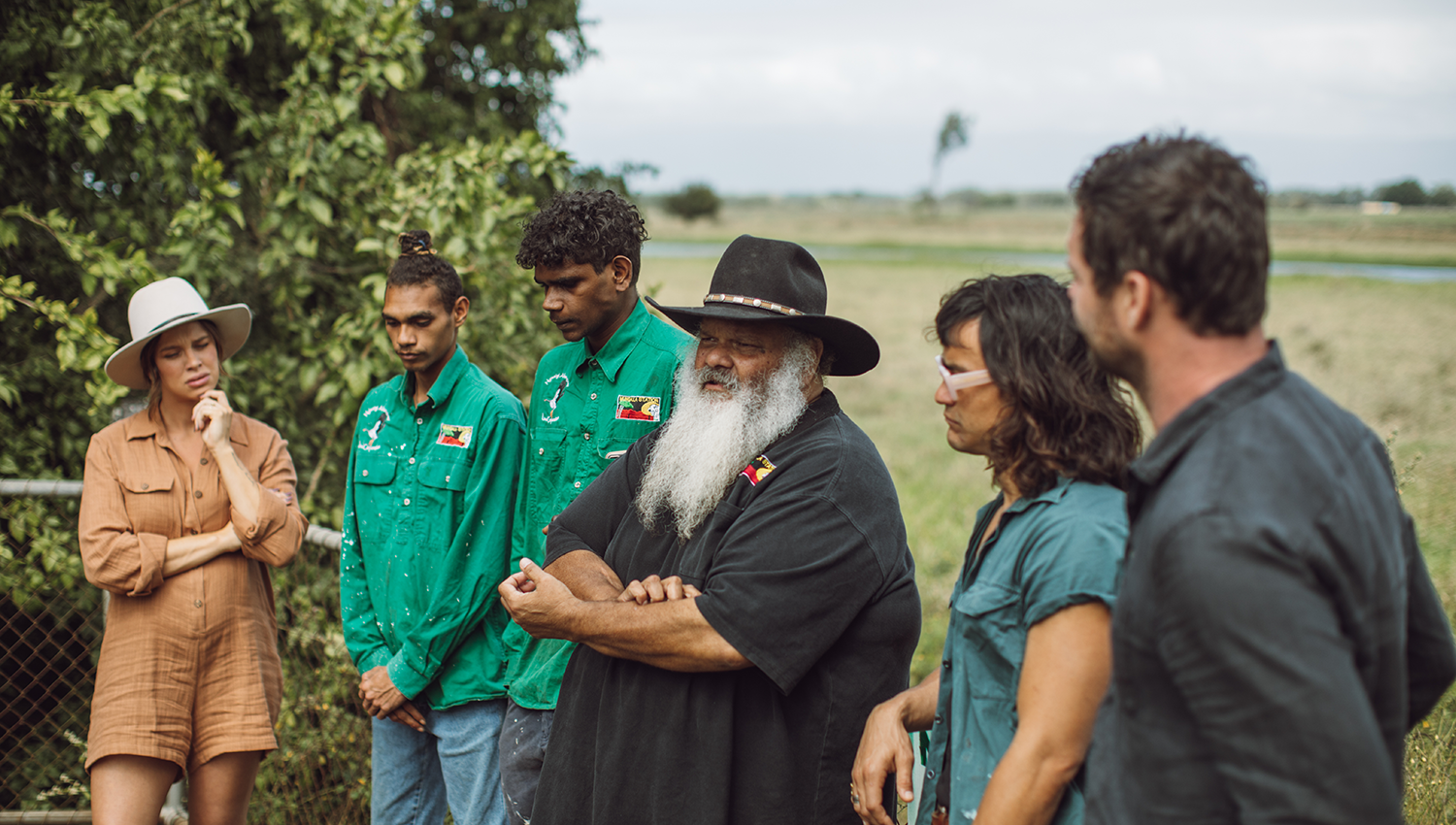
The significant co-benefits from blue carbon projects, in terms of supporting biodiversity, coastal resilience and people’s livelihoods, may also make them more attractive to investors and drive demand, while those who take steps to undertake blue carbon projects (like Traditional Owners and private landholders) would be rewarded for their efforts with an alternative source of income.
Beyond Australia, the inclusion of blue carbon in the global carbon market is in its infancy. However, there is significant willpower worldwide to address barriers and uncertainties to help realise the full potential of blue carbon conservation and restoration as a viable natural climate solution and impact investment – for both people and nature.
What is Canopy doing in the blue carbon space?
Canopy, our parent company Greening Australia, and Mungalla Aboriginal Business Corporation have won an Australian Government grant to explore the feasibility of a blue carbon project from tidal wetland restoration at Mungalla Station on Nywaigi Country in Queensland. If successful, the project will not only capture carbon, but also improve water quality for the Great Barrier Reef, restore wetland habitat for wildlife, and provide a long-term income stream from healing Country to benefit the Nywaigi People.
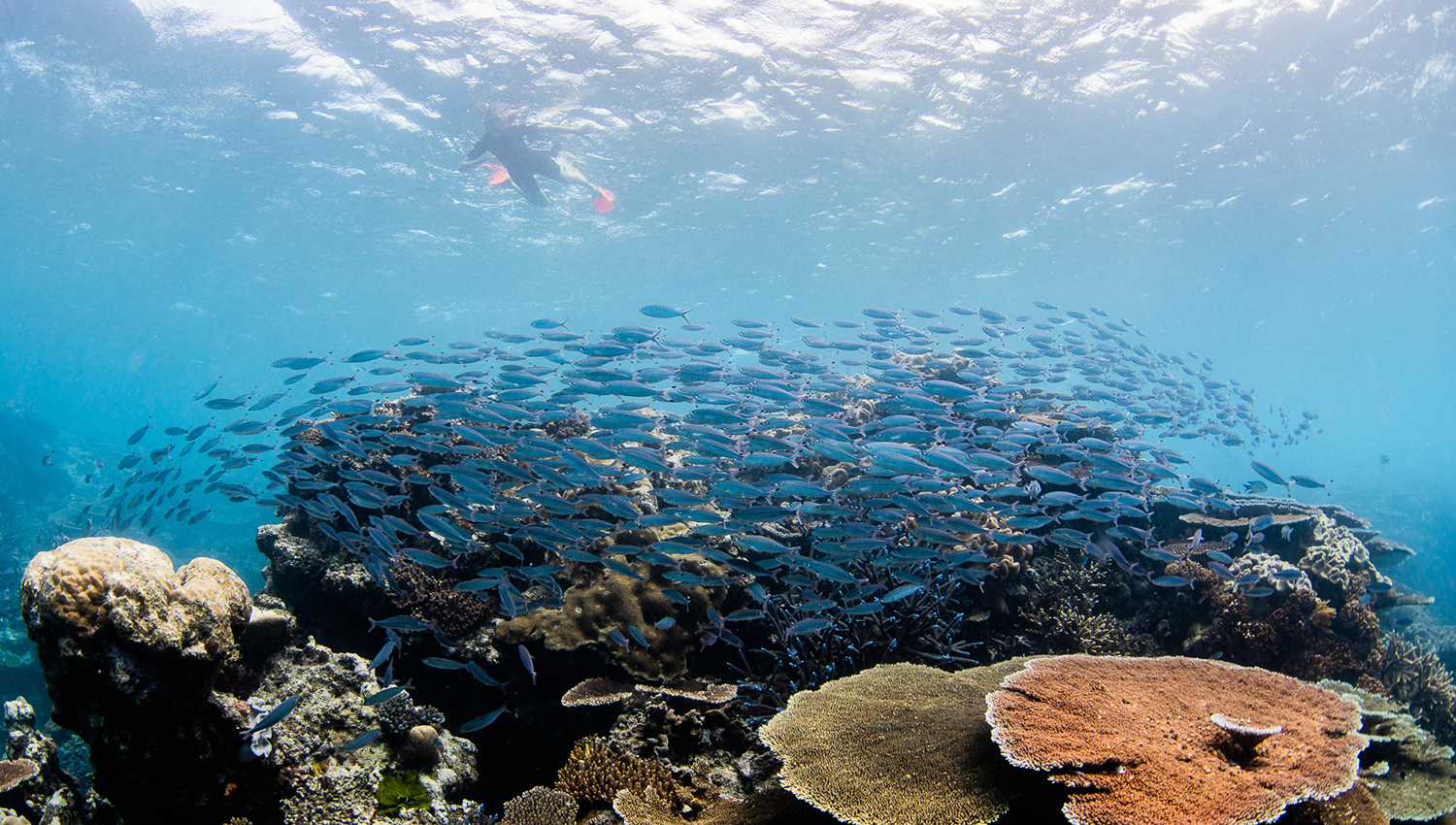
Read more news about environmental markets and nature-based solutions.
Looking for help to harness the opportunities of a net zero and nature-positive future? Canopy assists clients such as landholders, businesses, and governments to achieve their goals through developing and delivering nature-based solutions projects that restore, sustainably manage, and protect ecosystems. Contact us here.

